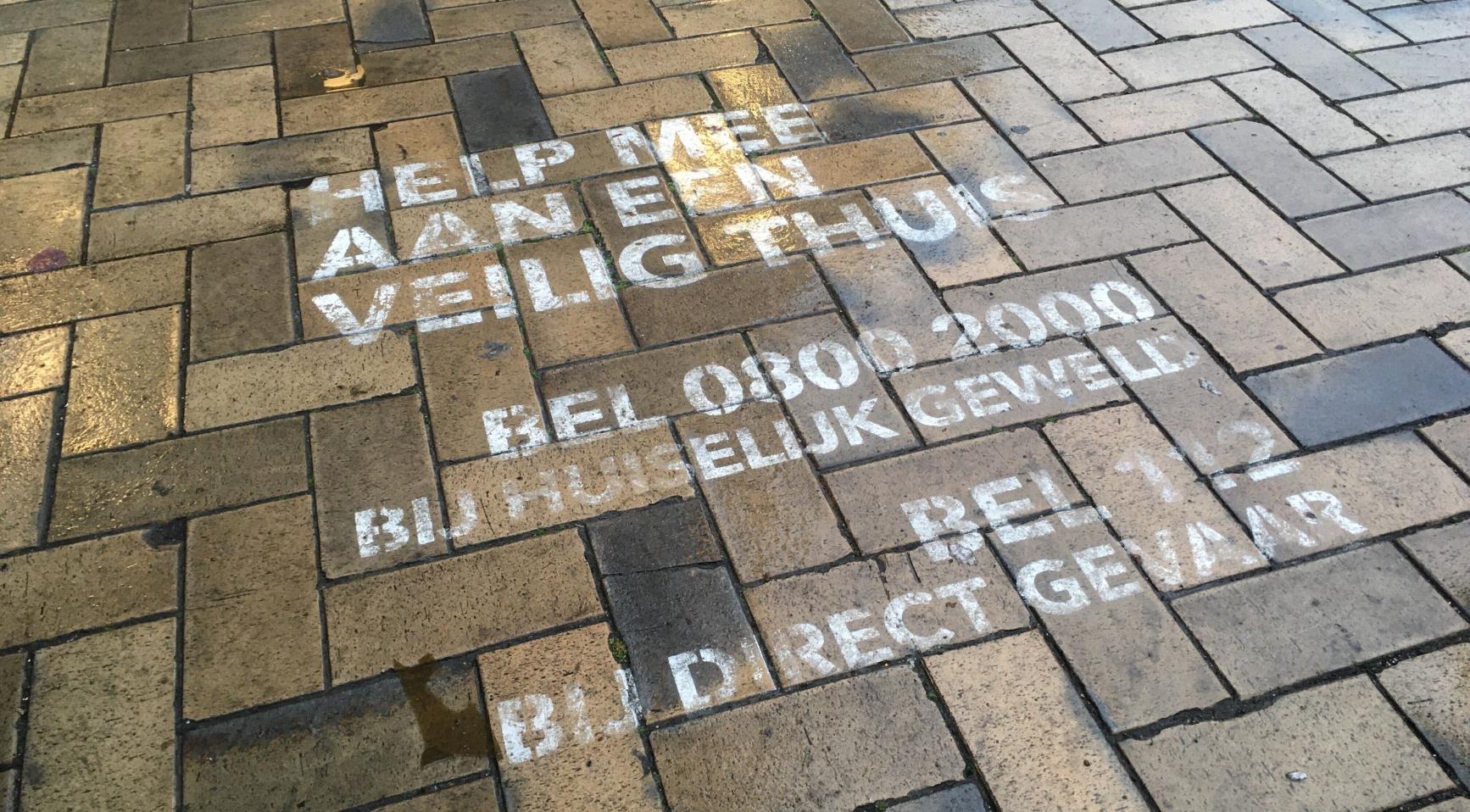By 83240,Nl Times
Copyright nltimes

The municipality of Amsterdam wants to join an experiment with a GPS device designed to protect victims of domestic violence or stalking. The device has a direct GPS connection with the perpetrator’s ankle monitor and will warn the victim and the authorities if he gets close, NH Nieuws reports
The experiment is being led by the Ministry of Justice and Security and is already underway in Rotterdam and several smaller municipalities. Amsterdam wants to join as soon as possible, the office of the mayor and aldermen said. Alderman Alexander Scholtes is awaiting the Ministry’s approval, expected before the fall is out.
The device can only be used in cases where the perpetrator has been convicted, because it is linked to his ankle monitor and automatically transmits signals through the GPS connection. The device also has a 112 emergency button for immediate danger.
Victims of stalkers and domestic abusers can already carry an emergency button, but the downside of these devices is that the alarm is only triggered when the victim is face-to-face with the perpetrator. The added GPS signal gives more advanced warning, so that the authorities have time to respond.
Alderman Scholtes called the device a “highly desirable addition” to the measures already in place to protect victims. “Especially for victims of serious stalking and domestic violence, the victim device can make a significant difference,” he said.
His spokesperson added to NH Nieuws that the municipality is “eagerly awaiting” the national rollout of these devices. “For victims of serious stalking or domestic violence, this can literally mean the difference between constant fear and a life where you feel protected. This is also evident from the initial evaluation of the pilot projects,” the spokesperson said. “Because Amsterdam has long indicated its willingness to participate and all partners have prepared, we will be at the top of the list as soon as the Ministry gives the green light.”
The reactions from an initial evaluation of the experiment are positive, Mieke Kort of the probation service confirmed to NH Nieuws. “There are a few examples where you can see that an unsafe situation has actually been prevented, but you do see an effect on the sense of security victims gain. They feel confident enough to go out on the streets again. When we saw that, we thought: this needs to be expanded.”
The probation service receives a notification when the victim’s device and the ankle monitor get close to each other, Kort said. They then alert the police and the victim if it is necessary. Sometimes it’s not. “For example, if one is in the metro and the other is driving on the A10, this isn’t necessary. And if the victim and perpetrator are both at a festival that doesn’t fall within the area ban, we don’t immediately call the police. But we might call the victim. In that case, we’ll say something like, ‘He’s here too. If you leave through the south exit, you can avoid him.’”
The device can only be used in cases where the victim and perpetrator don’t have contact. Victims who are forced to still deal with the perpetrator, for example, because of child visitation arrangements or because they work at the same place, are excluded from the trial. The perpetrator also has to give permission. “But in practice, we see this is always granted; most perpetrators also want to break their pattern,” Kort said.



